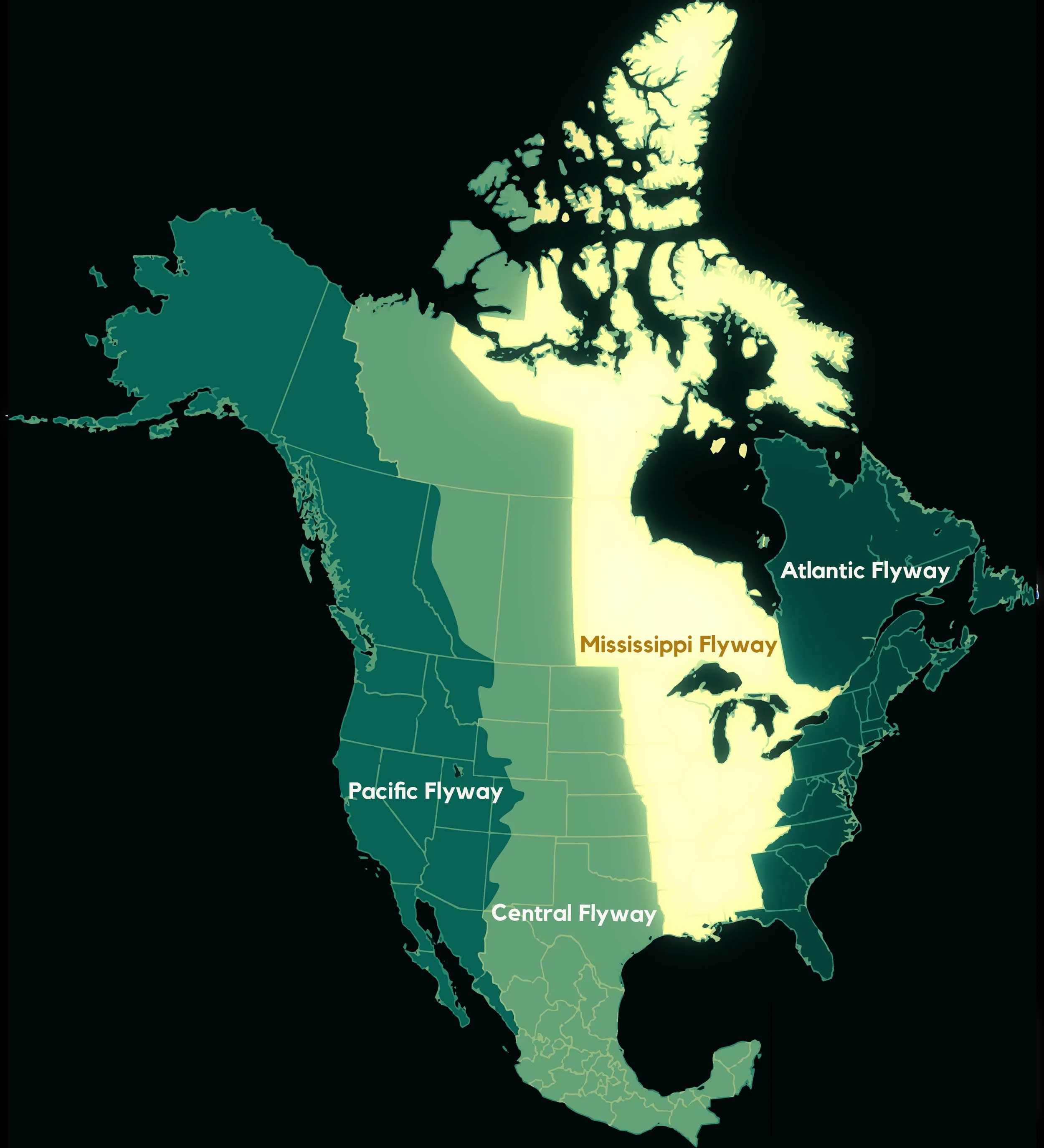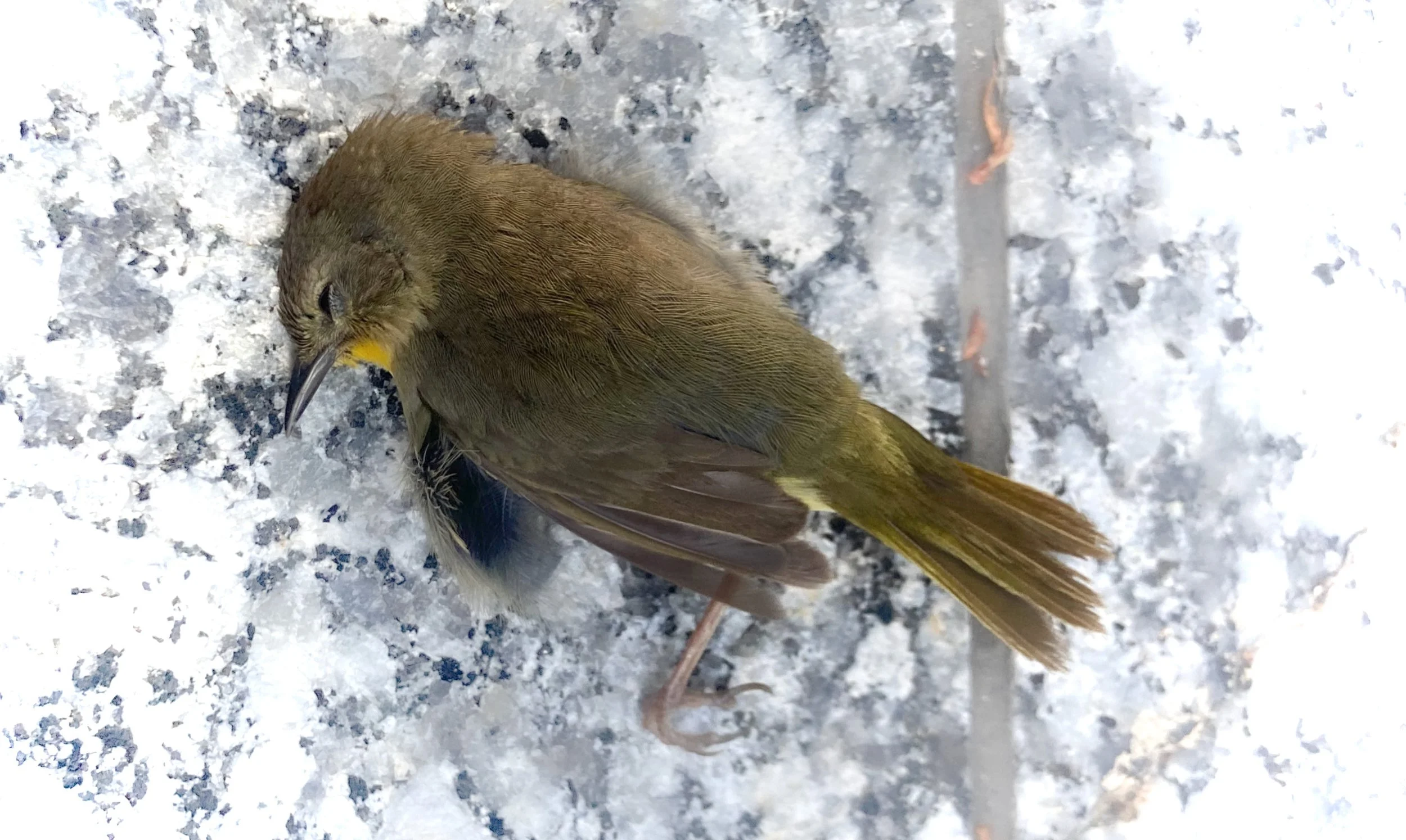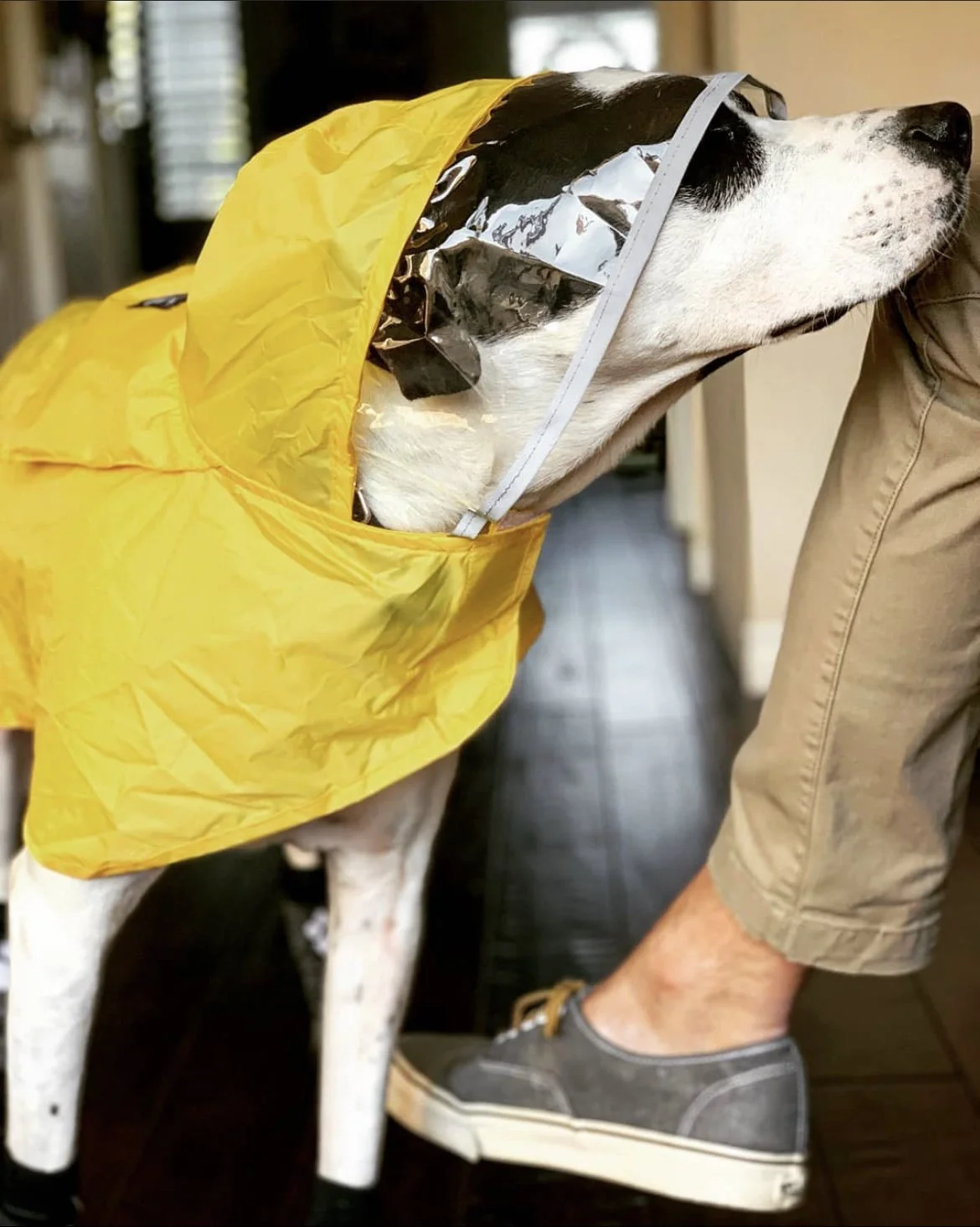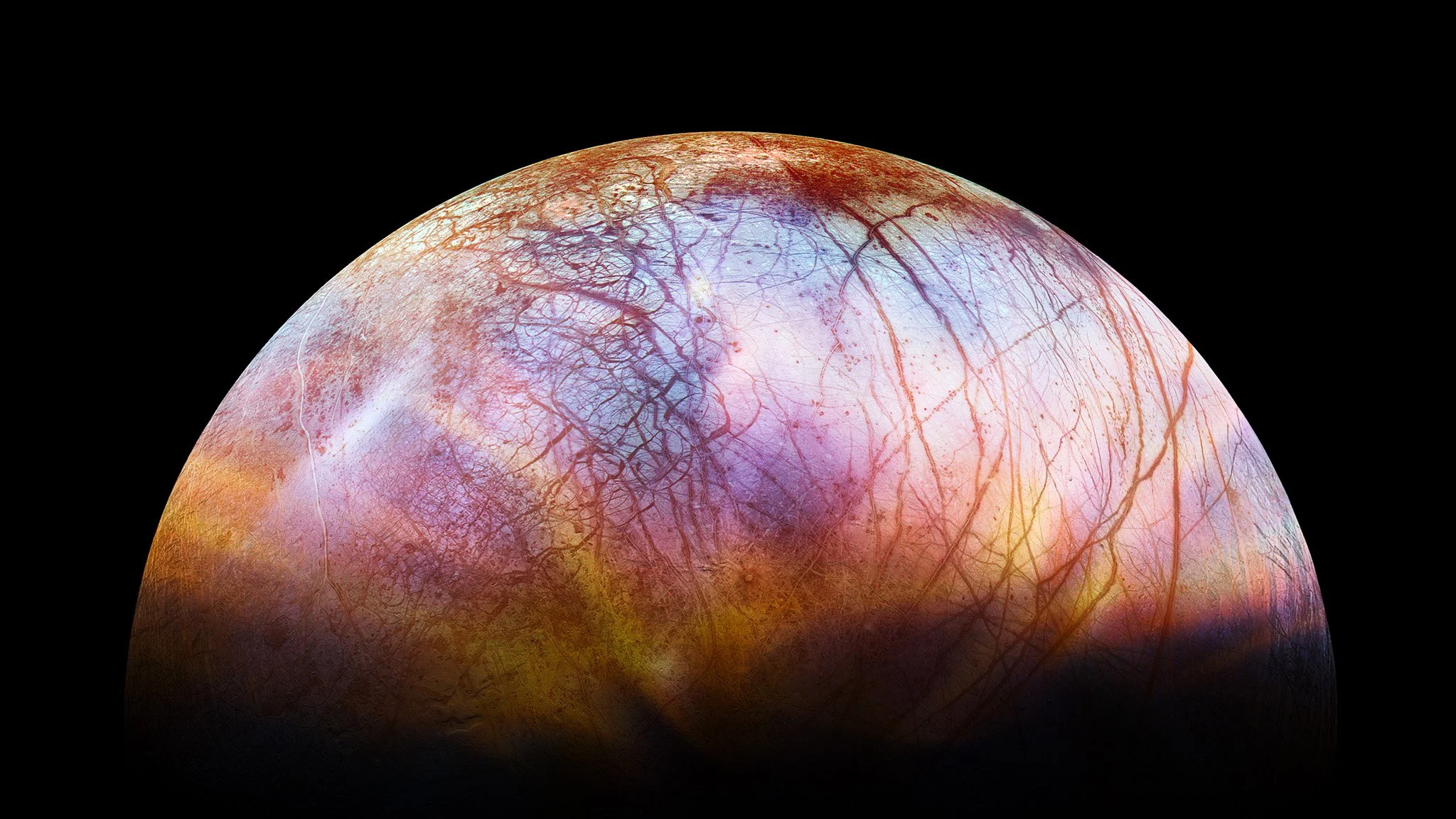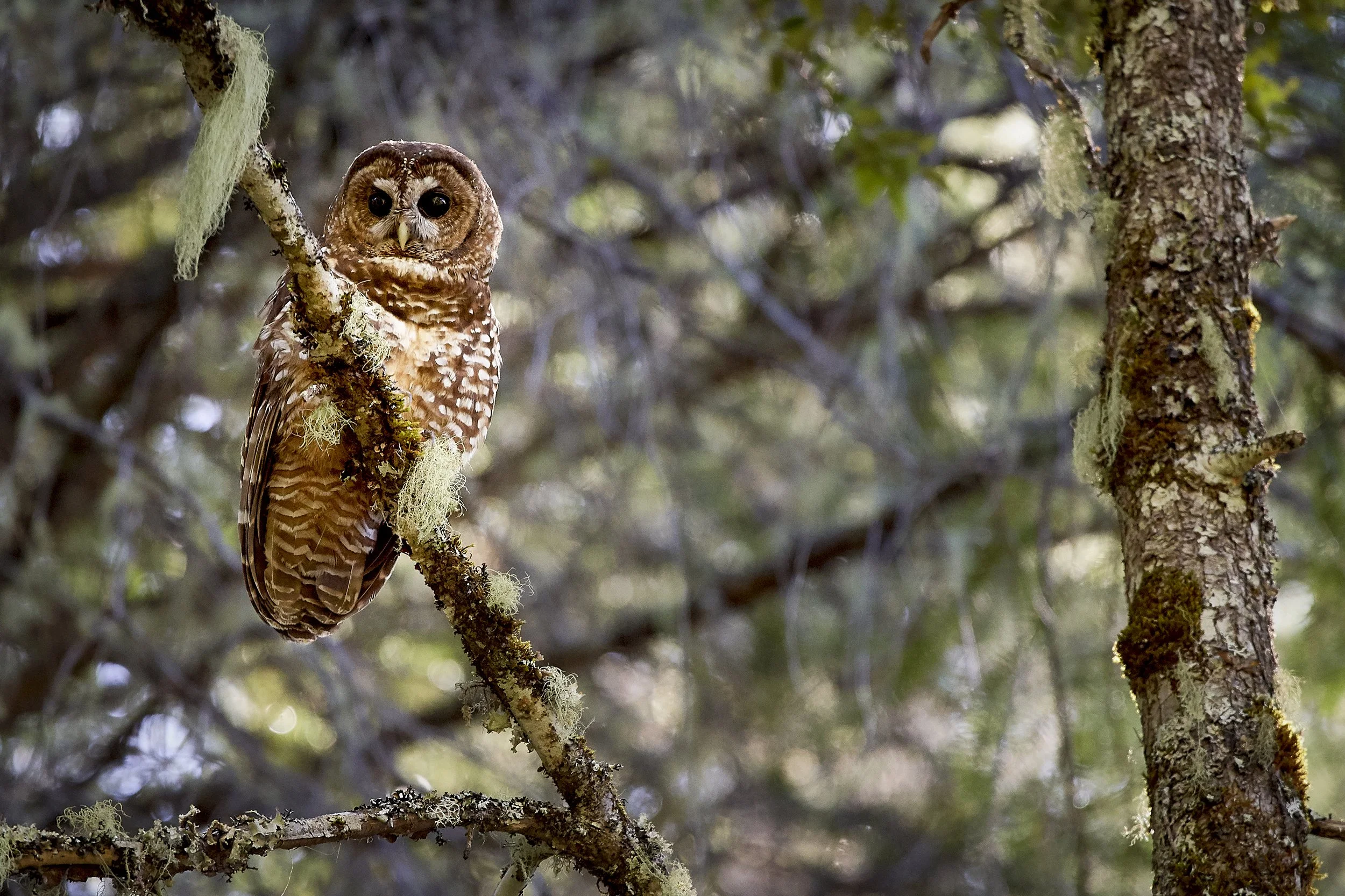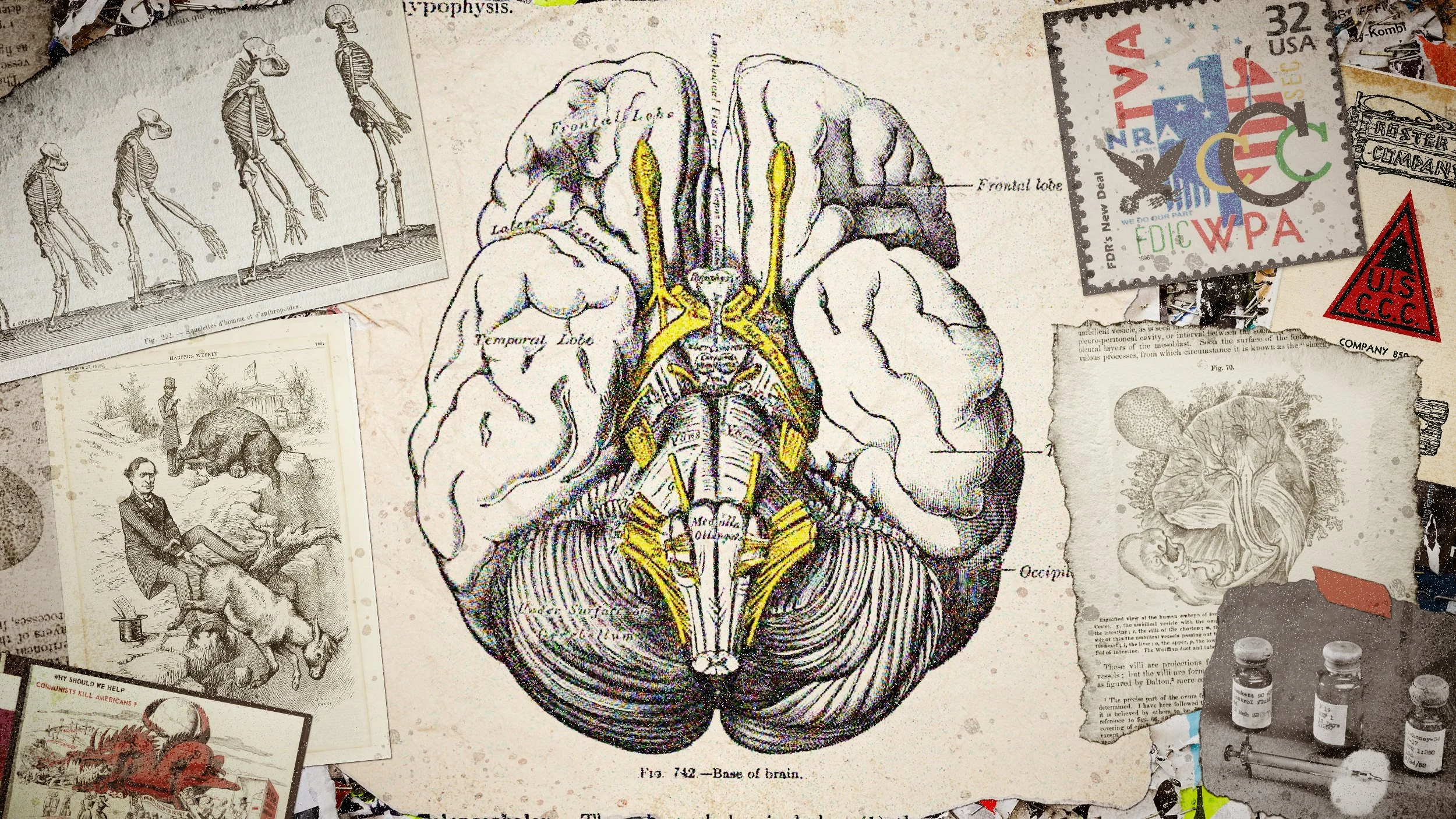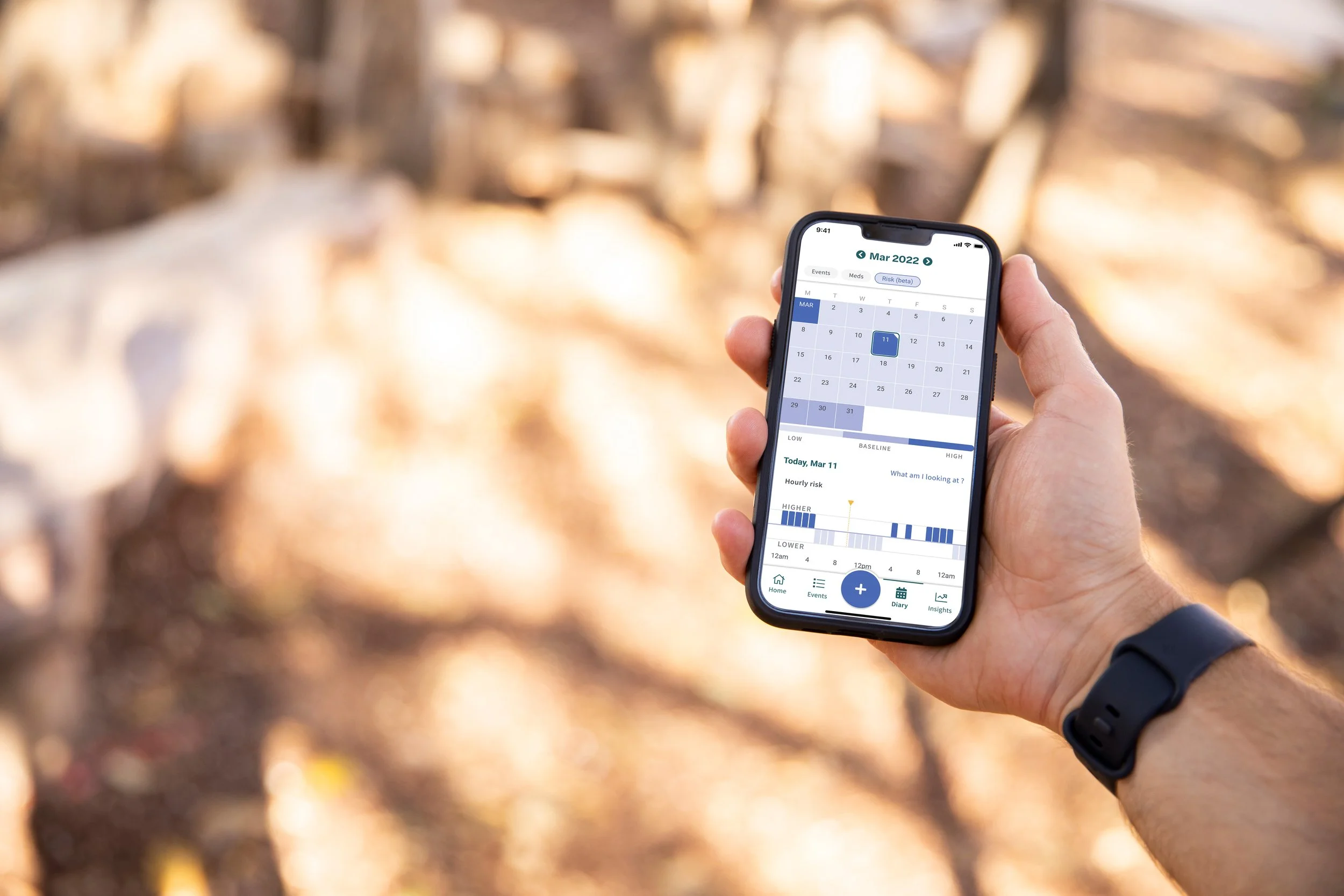Chicago’s Collision Course
Saving birds from urban jungles
Image credit: Tara Holley for The Science Writer
by Claire Hoy
June 21, 2023
It’s a dreary April morning in the heart of downtown Chicago. I’m standing with an elderly woman named Harriet, peering down at a lumpy pile of dog poop on the sidewalk. It’s been a cold spring, and the sky is heavy with formless gray clouds. A fierce wind off Lake Michigan sieves between skyscrapers and bites into my bare face. I’m grateful for my winter clothes, but still, we both shiver.
“Well, that’s not a bird,” I say after a pause, and lean my butterfly net back against my shoulder. Harriet and I are halfway through our two-hour volunteer shift, during which we’ve searched the streets for birds dead or injured after window collisions. So far, we’ve attempted to rescue a discarded black surgical mask, a few sticks, chunks of asphalt, soda cans, an empty chip bag, and a strange type of seed pod lying near a tree. I have realized just how many inanimate objects can look like birds in varying states of distress. As a new volunteer for Chicago Bird Collision Monitors (CBCM), a nonprofit that specializes in the rescue of injured birds (and the collection of dead ones), I have a lot to learn, and spring migration is just beginning.
Map of the four North American avian migration routes, known as flyways. The Mississippi flyway is highlighted in yellow. Image credit: United States Fish and Wildlife Services, modified by Tara Holley for The Science Writer
Each spring and fall, migratory birds of North America fly over the U.S. in four distinct corridors, or flyways, stretching from north to south. Chicago sits on the Mississippi Flyway, a route along the Mississippi River followed annually by about 325 bird species, including plovers, cranes, sparrows, snipes, hummingbirds, and warblers. During spring migrations, some 5 million birds pass over the city, traveling at night and using the stars and moon to navigate to their summer breeding grounds. Many won’t make it. According to a 2014 meta-analysis, an estimated 365 and 988 million birds die by window collisions each year in the U.S.
***
Birds find their way using a multitude of tools, including topographical cues, an internal compass based on the earth’s magnetic poles, and navigational skill based on the position of the moon and stars. Researchers have suggested that they are drawn to follow the light of these celestial bodies through a biological phenomenon known as phototaxis, or an innate attraction to light. Phototaxis is often displayed in bugs gathering around a porch light at night.
Birds’ natural way-finding ability is disrupted by the expanding light pollution of our cities. As birds fly overhead, artificial light from below can disorient them and draw them down into the urban sprawl, where, confused and fatigued, they are vulnerable to a host of threats. In their disorientation, birds’ ability to sense hard surfaces like windowpanes is disrupted. In a 2019 study, Chicago was found to be one of the most dangerous cities in the U.S. for migratory birds due to its prodigious light pollution and position along a heavily trafficked avian flight path.
Why are birds that vocalize at night more likely to collide into buildings? Artificial light flooding the night sky is a major factor. Researchers believe many nocturnal migratory birds become disoriented by artificial light. But according to a 2019 study, nocturnal flight callers, bird species that use short chirps during migration, presumably to aid in group navigation, are especially susceptible to building collisions. As these birds are drawn to brightly lit buildings, researchers believe their vocalizations steer trailing birds into windows and other exterior glass surfaces causing an amplified number of collisions and bird deaths. Explore the infographic above to learn more about the most frequently colliding species of birds that migrate through Chicago.
“I love the Chicago skyline; I think it has beautiful architecture, but it’s dismaying to learn how harmful it can be to birds,” says CBCM director Annette Prince, who has been with the organization since 2005. Every morning during the spring and fall migrations, volunteers comb the streets in search of birds that have collided with Chicago’s tallest and brightest buildings.
As the weeks progress, I learn the art of looking for tiny fallen bodies: Skirt the building perimeter for birds that drop straight down after impact. Check the surrounding brush for those wounded but alive. Harriet tells me that injured birds prefer places that feel protected, hidden, cave-like. So we poke around alleyways, doorways, and window ledges. Many bodies are never found. Instead, they wind up marooned on awnings and the roofs of lower buildings, fall between the narrow slats of sewer grates, or get swept up in crowds of pedestrians. Despite our morbid chore, our presence is tolerated by building managers, security guards, and desk attendants, who watch us fumbling about outside their windows. Having started their shifts hours before, they can always tell us where they’ve seen a few birds.
The few times I’m faced with capturing an injured bird are farcical, draining, and a bit embarrassing. I have no formal training in how to handle wildlife, let alone tiny, hurt, and scared wildlife. One morning, with just two previous shifts under my belt, I chase a white-throated sparrow around a restaurant’s patio for nearly 30 minutes with another volunteer. People on their way to work stop and watch.
A deceased female common yellowthroat after a building collision in downtown Chicago. Image credit: Claire Hoy
When we finally corner it between a concrete wall and a picnic table, my companion scoops it up in a net. Then we gently upend the net into a brown paper bag and secure it with a binder clip. That’s the procedure for the live ones. The dead ones go in Ziploc bags. After each shift, the injured birds are driven west to the Willowbrook Wildlife Center for rehabilitation, while the dead are donated to Chicago’s Field Museum, where their bodies can be catalogued and put on display.
Despite the danger awaiting them in the city, “Chicago is a key place that these birds need to use in their travels,” says Prince. But Chicago’s light pollution remains a major cause of window collisions. As a result, the Chicago Audubon Society started Lights Out Chicago, a program that encourages property owners, tenants, and building managers to turn off or dim exterior lighting between 11 p.m. and 6 a.m. during migratory periods.
Interior lighting, however, poses just as much if not more of a risk to migrating birds. A 2021 study predicted that bird fatalities during spring migration could decrease by 60% if just half the lights inside the Lakeside Center of Chicago’s McCormick Place — the largest convention center in the country — were shut off overnight.
The study’s results, and the 2019 discovery that the U.S. and Canada have lost nearly a third of their bird populations since 1970, spurred Illinois Governor J.B. Pritzker to take action. In July 2021, Pritzker signed the Bird Safe Buildings Act, which requires every new building in Chicago to be 90% free of exterior glass surfaces or to have bird-safe glass installed.
As I walk with my fellow volunteers downtown, I gaze at the city’s airy lobbies — encased in floor-to-ceiling glass and decorated with plants and fountains — and the soaring, windowed buildings that stretch beyond the morning clouds. They’ve taken on new shapes and meanings. They no longer represent the grandiosity of human achievement but rather a series of heedless traps or, sometimes, rows upon rows of tombstones for flying creatures. I find myself returning to something Prince told me: “You never look at buildings the same way again.”
For all the time I’ve spent looking down during those early mornings to inspect the ground, I start to look up just as much. After searching so hard for death, I long to witness life, to watch birds in flight, wheeling free above my head. I couldn’t always see the sunrise through the clouds, but there were some clear mornings when I’d squint through the glare reflecting off Chicago’s towers of steel and glass and catch a glimpse of empty blue sky.
Claire Hoy
Claire Hoy is a medical copywriter in Chicago. Having lived next to or near the Great Lakes all her life, she is passionate about preserving their unique beauty and ecosystems. When she’s not swimming in Lake Michigan (even in winter), she can be found cross-country skiing, running, cooking, or reading. She graduated from the Johns Hopkins University Science Writing Program in May of 2023.
Senior Editor: William Kucinski
Art Editor: Tara Holley
Copy Editor: Colin O'Connor
Layout Editor: Rachel Lense

